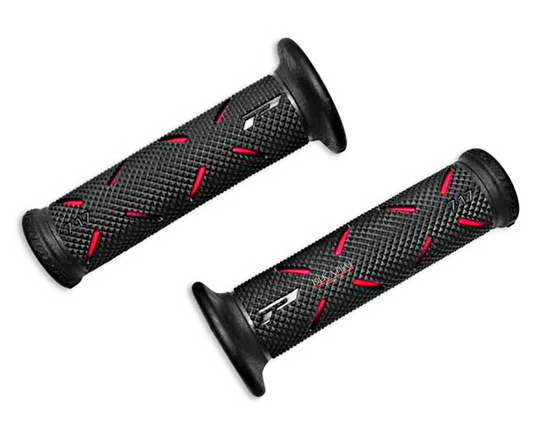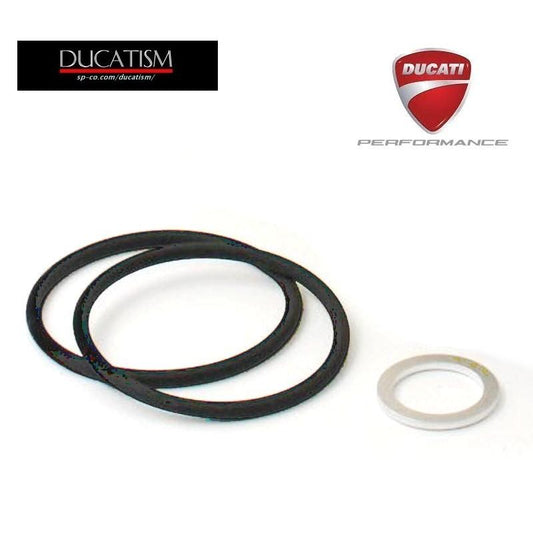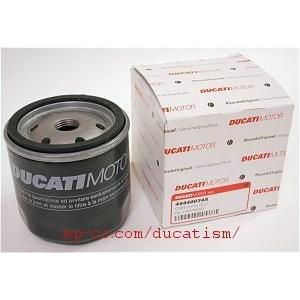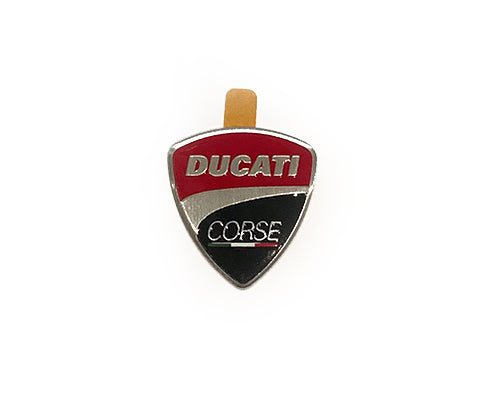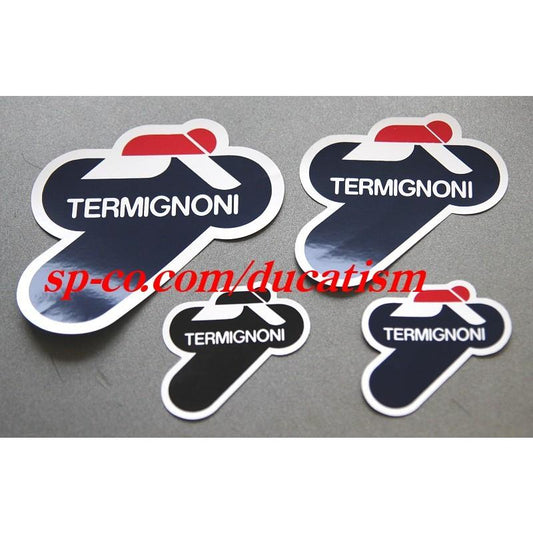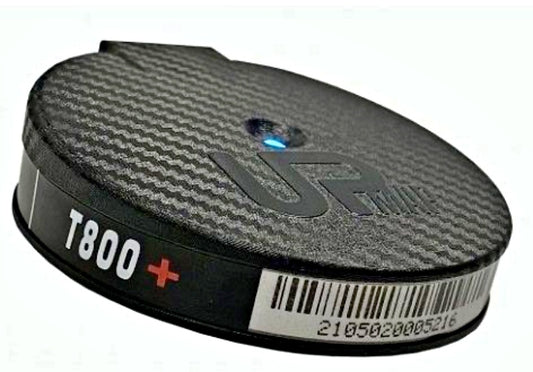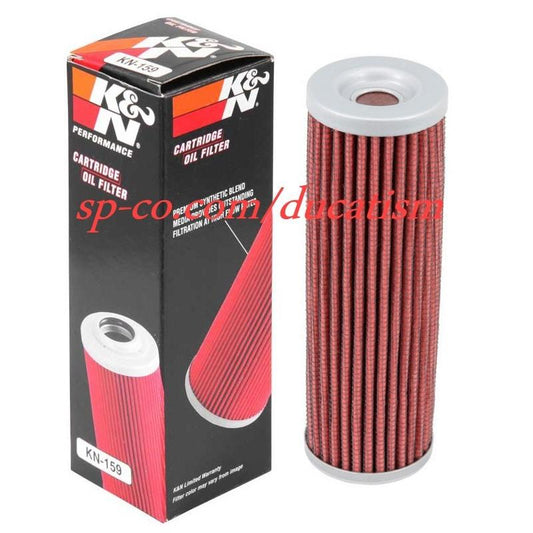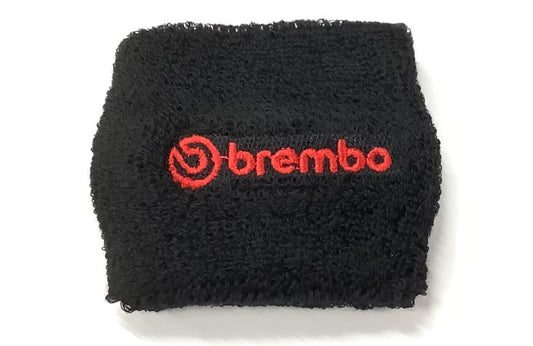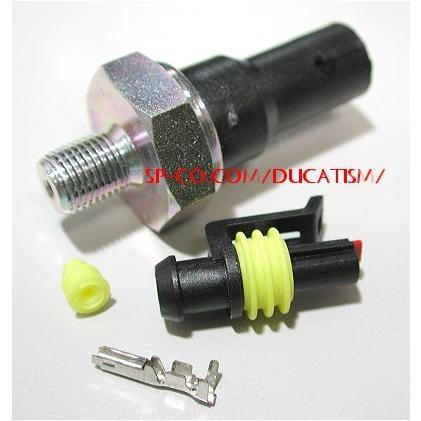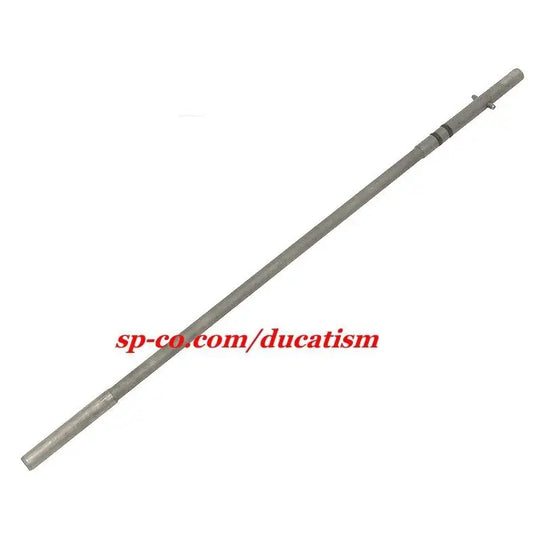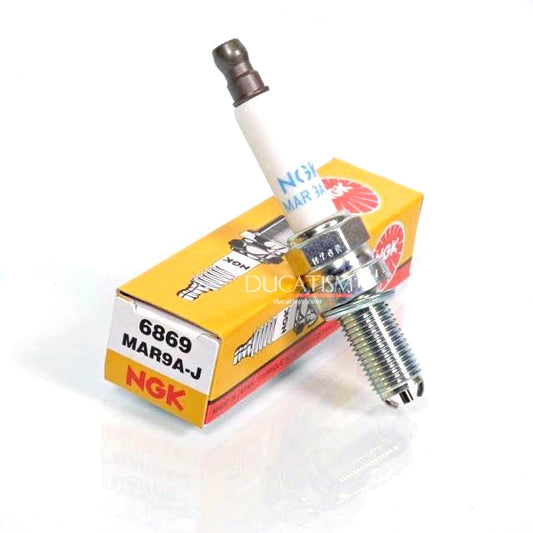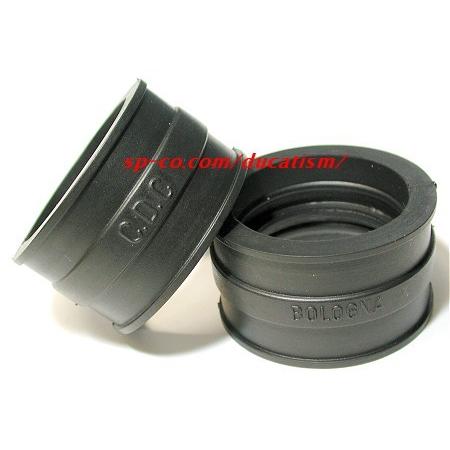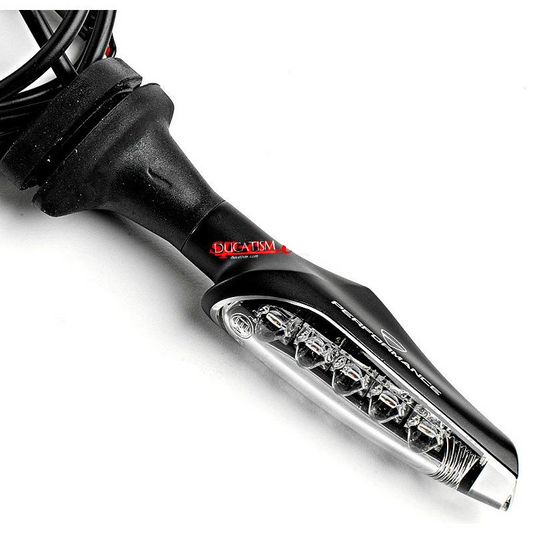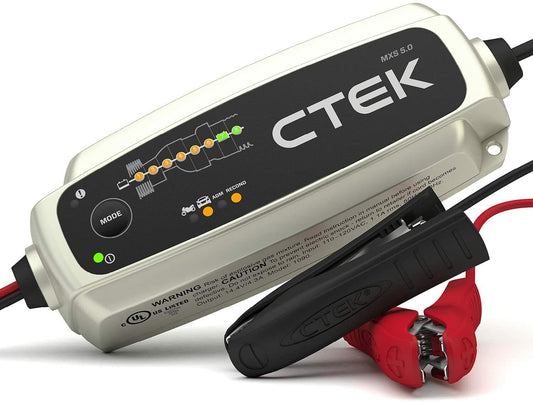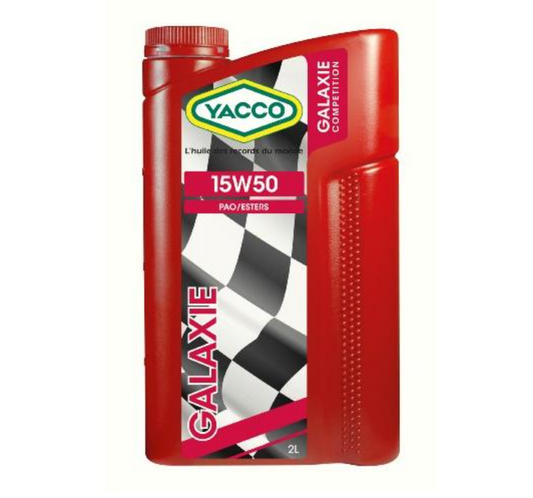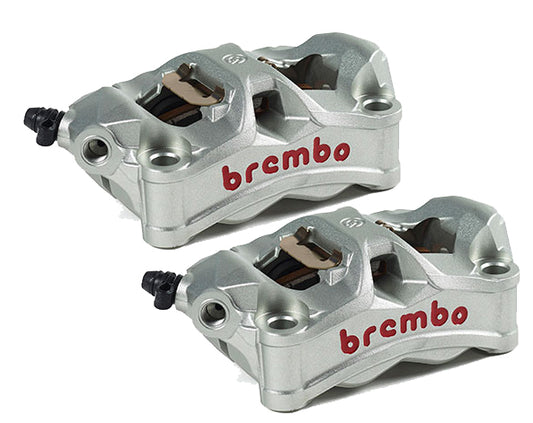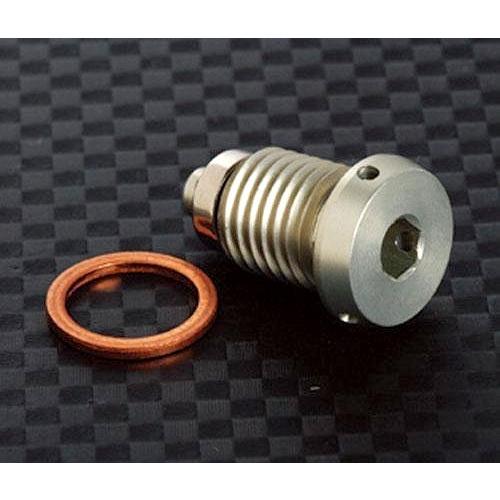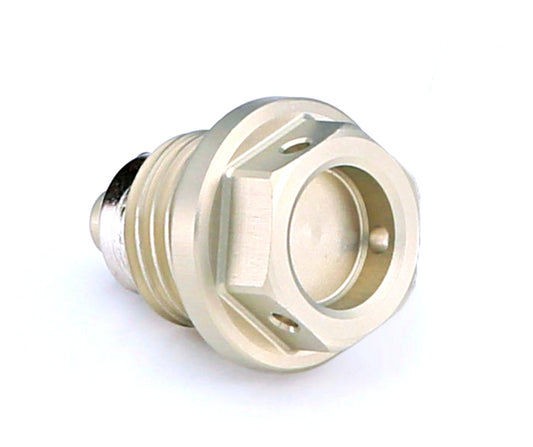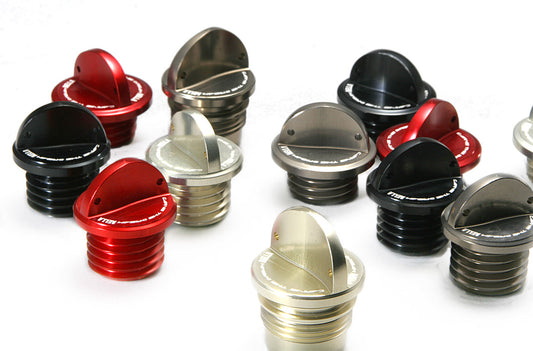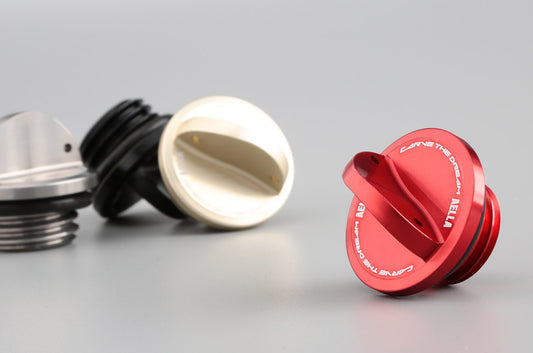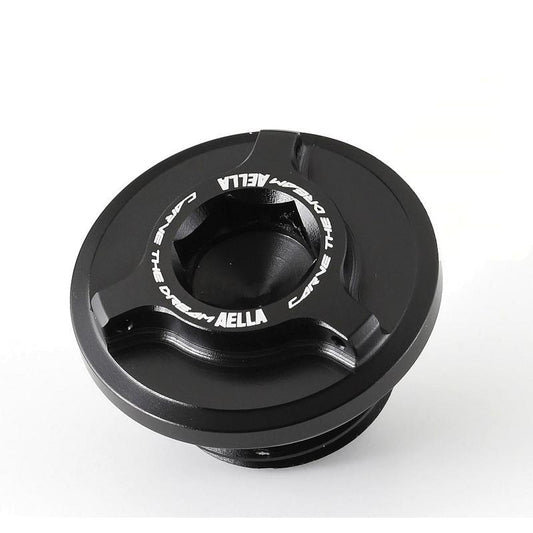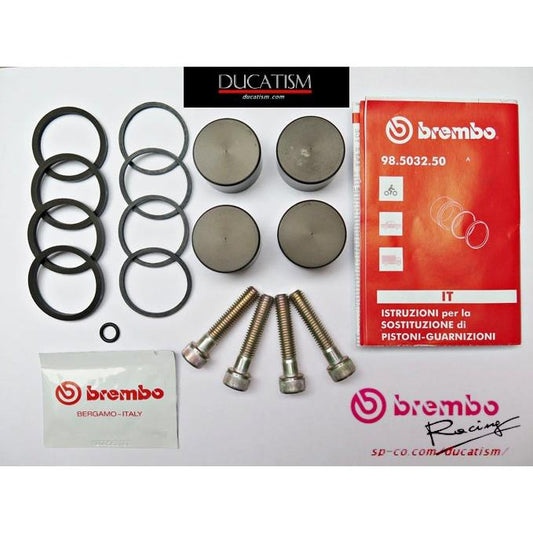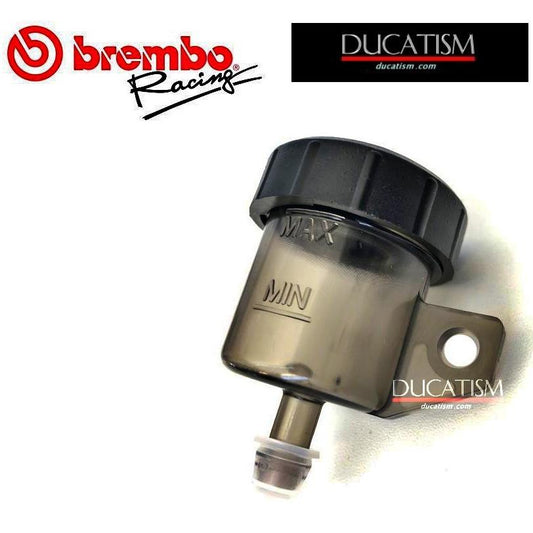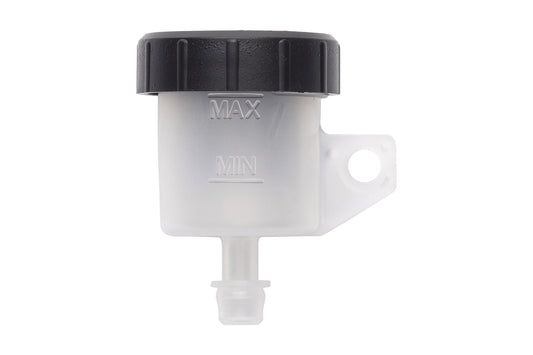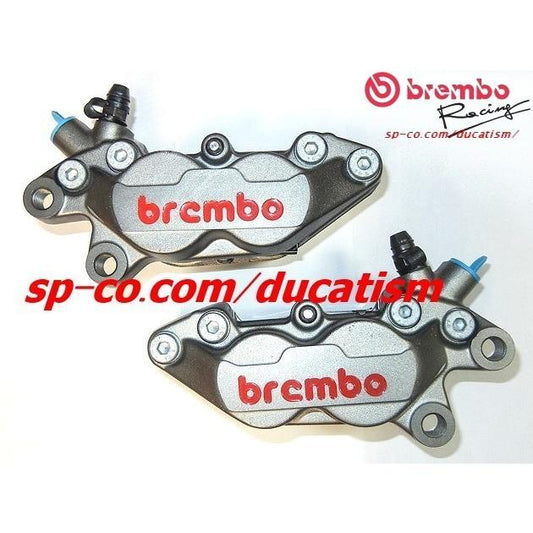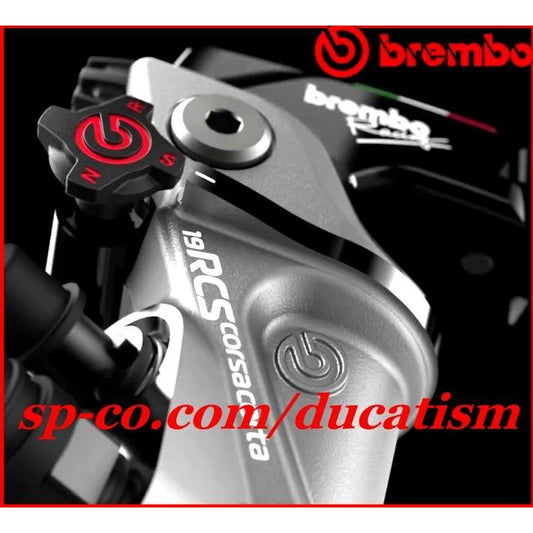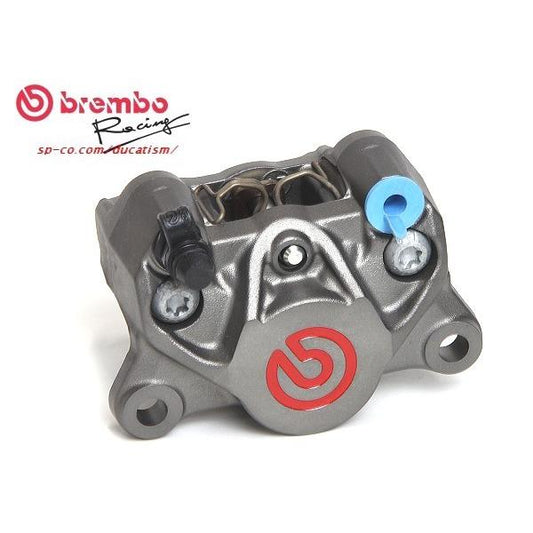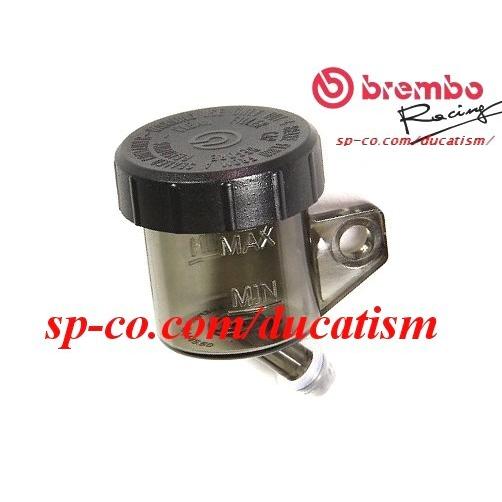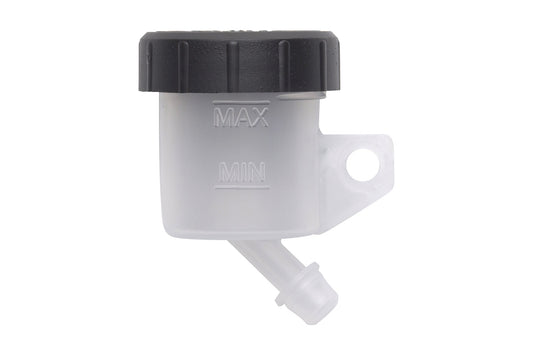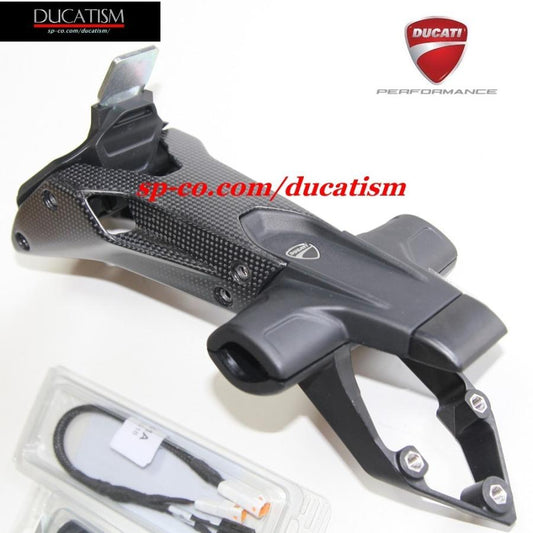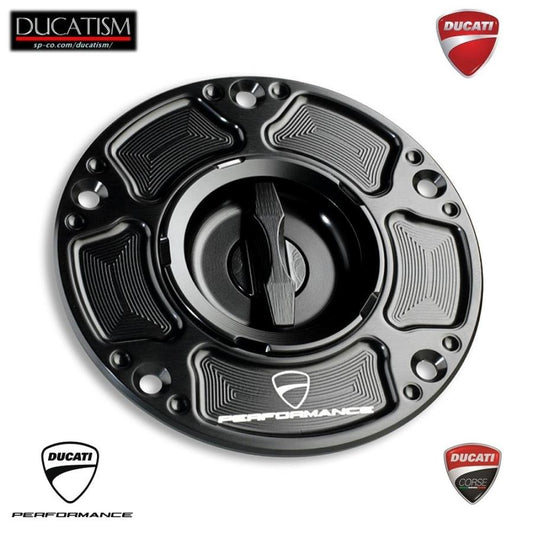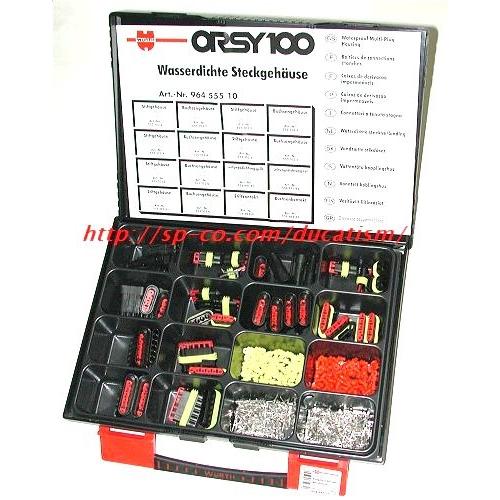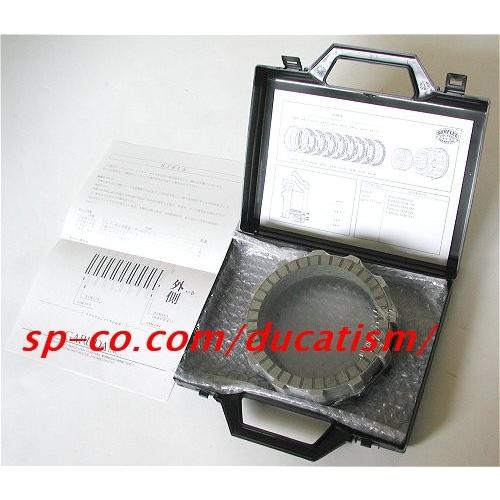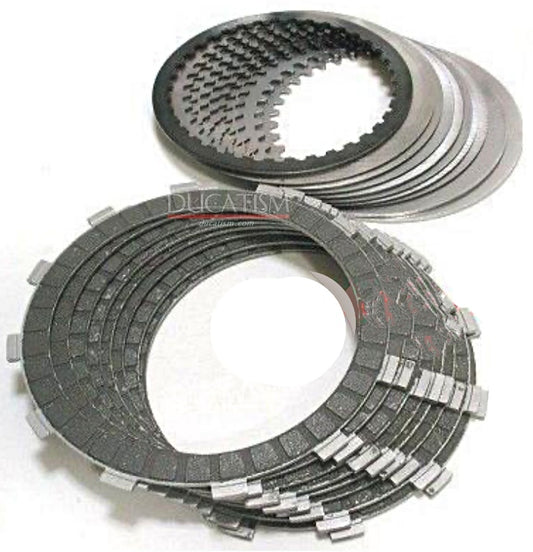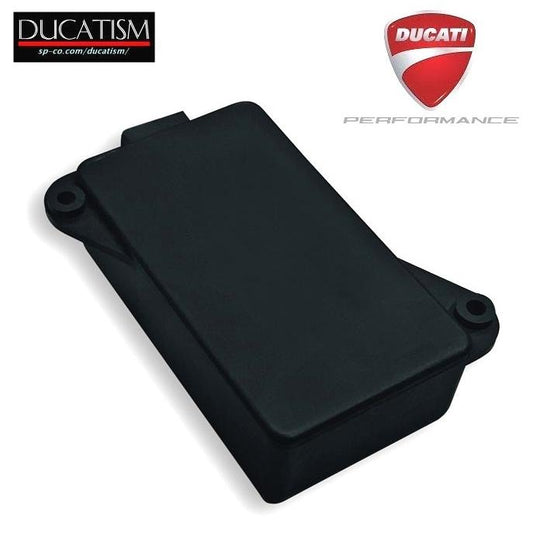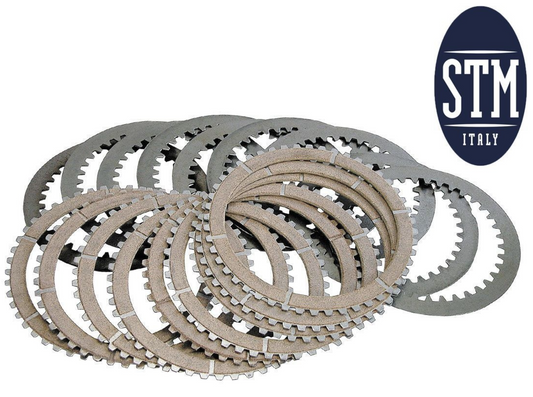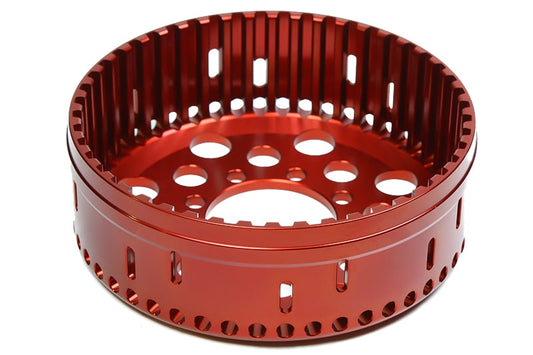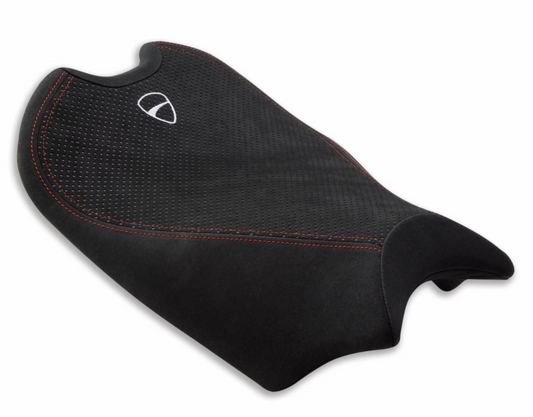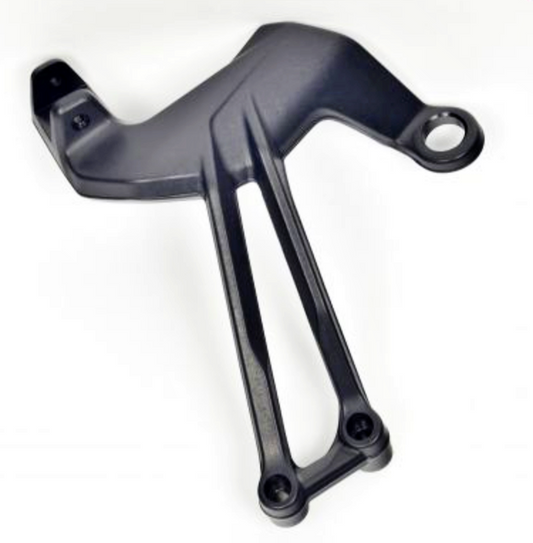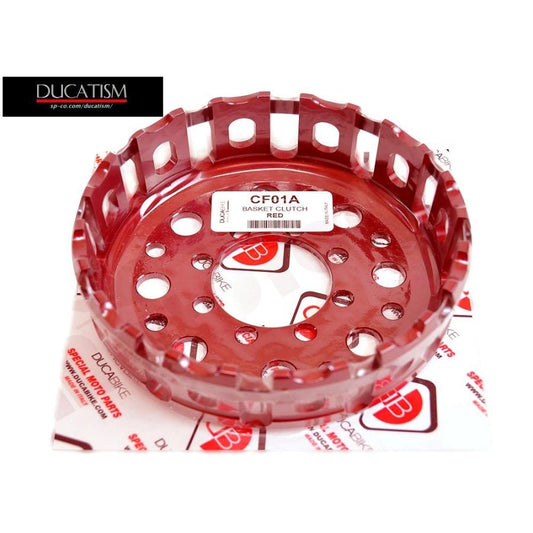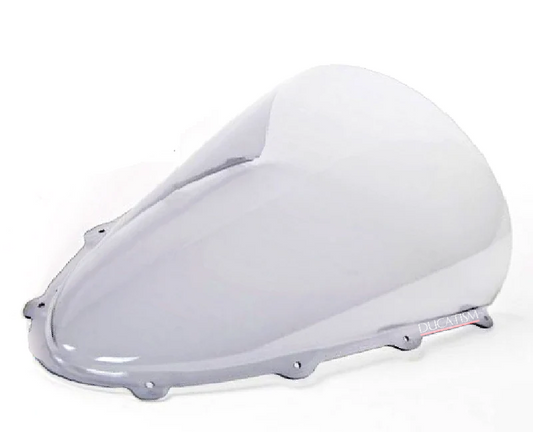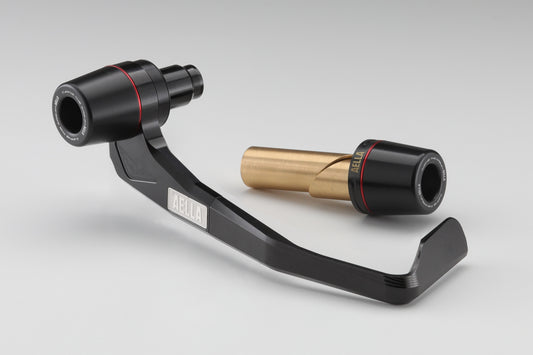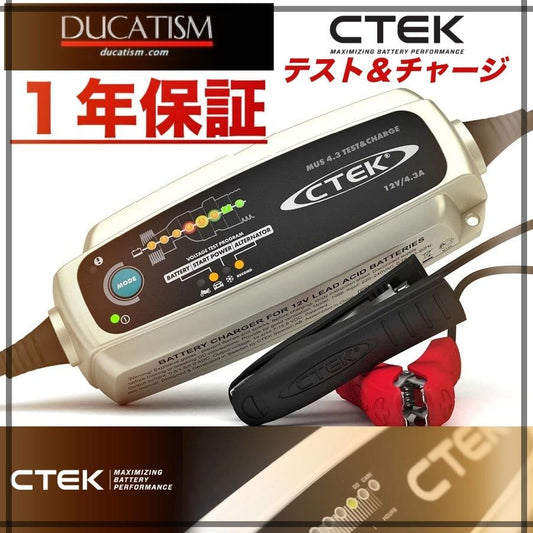303AeroSpace
In stock 303 Aerospace Protectant, Approx. 473ml, Aerospace Protectant, Domestic Regular Import
In stock 303 Aerospace Protectant, Approx. 473ml, Aerospace Protectant, Domestic Regular Import
Low stock
Couldn't load pickup availability
SKU:082043303089
The official product has finally arrived! ! Thank you for waiting. There are not many, so please come early.
303 Aerospace Protectant does not choose the material! Prevents deterioration caused by ultraviolet rays (Ultra Violet)! <SPF40>
Features: Protects products such as vinyl, rubber, plastic products, and anodized aluminum from ultraviolet rays and ozone.
303 does not contain abrasives.
It has waterproof, antifouling, antifungal, antistatic, and lubrication effects.
It is long-lasting, inexpensive, and easy to clean if it gets dirty.
Amount to apply: Approximately 140 sq ft (13 sq m) or more per 8 oz (237 g)
Application method: Spray on the target object and spread it over the entire surface.
After 30-40 seconds, wipe off with a soft, absorbent cloth. Wipe it off until it dries, and when it dries, the work is complete.
Untreated rubber, vinyl and plastics easily absorb UV rays and deteriorate.
Keeps vinyl dry and soft.
It restores the color and luster of the product and maintains it beautifully.
Application to automobiles, motorcycles and campers
-Tire (side)/packing part -Windshield (rubber) (EPDM/ethlene propylene dine monomer)
●Plastic moldings, resin lights, aero parts, bumpers ●Dashboards, etc. ●Plastic trims, plastic fenders ●Roof racks and decals ●Helmets and goggles
Household/Other
●Zippers that have become difficult to move ●Vinyl/leather sofas ●Synthetic leather products ●Processed (dyed) leather products ●Items that deteriorate due to UV exposure
Application to boats and yachts
● Inflatable boat ● Gel coat fiberglass (hull of boat, PWC, yacht)
●Window (acrylic, soft transparent vinyl)
● Anodized aluminum products ● (Bimini support, tuna tower, windshield,
●Aluminum step, outrigger, boat hook)
●Teak deck ●PVC ventilator ●Yacht mast, boom, spin pole, winch ●Monofilm sail cloth ●Rubber hose, vinyl hose ●Power cord ●Latek gasket ●Diving suit ●Fishing rod, reel, fishing line (including fly line)
●Vinyl cushion
|
● Development of 303 aerospace protectant products Developed in 1980 to solve UV and ozone problems specifically for the aircraft and aerospace industries. Although often misunderstood, 303 products for automobiles are products developed from these products. 303 Aerospace Protectant does not contain silicone oil, glycerin or petroleum products. And it can be used on a wide variety of materials, unlike any known UV protection, and is the most effective protection product. No other protective product can match the protective properties of 303 Aerospace Protectant. It is a characteristic that only 303 products have. The answer to the 21st century manufacturer and aftermarket 303 Aerospace Protectant has proven its effectiveness in harsh aerospace environments. And it has been introduced to other industries. Today, 303 Aerospace Protectant is the only UV screen product recognized and approved for use by hundreds of manufacturers. Some of these manufacturers are involved in a variety of markets such as marine, automotive and RV. We recommend the use of 303 Aerospace Protectant for maximum and lasting effectiveness of the manufacturer's products. Reducing maintenance time to the product and keeping it in good condition "303" dramatically extends the product life. Over the years, 303 companies have launched products that manufacturers and consumers need to solve specific problems. The result is 303 Aerospace Protectant and other 303 products today, recommended by manufacturers and sold in many industries. For manufacturers and their customers, the '303' is a "quality product that really works". . |
|
■ First-class manufacturers and suppliers in the United States recommend its use. ・In the marine industry Glen Ravin Mills, Inc./Subrella Manufacturer of the world-famous tent ground "Sunbrella" Haartz Corporation Supplies Canvas Tops to Automakers Worldwide Zodiac <Inflatable boat manufacturer> Sevlylor Riken Hyside <Inflatable boat manufacturer> Grady White Bayliner Boston Whaler OMC Skeeter Ranger Mad River Mohawk Marine Specialties Group G&T Industries & Kokatat <Sportswear manufacturer> ・In the automobile industry Haartz Corporation AMCO Covertible Fabrics <Top Convertible Manufacturer> Electron Top EZ On E&G Classics Richchet Protective Films Kayline Colgan Custom Sport Master Downey Products Design Automotive Roll N Lock Xenon steel horse Grant Products Clean Seal ・In the RV industry Fleetwood <America's largest camper manufacturer> Winnerbago <America's leading camper manufacturer> Clean Seal, Inc. Alpha Systems Dicor Fan-Tastic Vent <Roof ventilator manufacturer> all RV awning manufactures <All RV tent manufacturers> |
|
UV radiation ●Reason for deterioration of tires Over time, the sidewalls of tires become dry, cracked, and broken. As the tire dries out, it deteriorates. It's also a big problem for campers, trailers and classic car owners. Scientifically explain in detail how 303 Aerospace is the solution to tire aging. Tire manufacturers blend additives to prevent deterioration from ozone and UV rays. Ozone is an odorless gas, but it is commonly considered an "electric smell". It occurs mostly in cities and manufacturing plants. Ozone is part of the air and is invisible. Unknowingly, ozone causes deterioration of rubber due to UV rays. |
|
|
●Degradation by ultraviolet rays Ultraviolet rays (UV) are one of the invisible rays emitted by sunlight. Yellowing and weakening fiberglass and weakening fabric are problems caused by UV rays. Before UV light can cause harm, it must be absorbed and reflected. If it is not converted to heat or transferred to nearby stabilizer molecules, it will destroy weak chemical fibers and products. This is where UV damage begins. Some materials readily absorb UV light. Materials that readily absorb UV light are quickly damaged. Rubber, vinyl, gelcoat fiberglass and many plastics. Acrylic absorbs UV light slowly and therefore degrades accordingly. UV stabilizers are a group of chemicals that have the ability to reflect or neutralize the harmful effects of UV light. The 303 absorber converts UV light into harmless material and protects it by converting it into heat. Other UV stabilizers work differently. All UV stabilizers lose their effectiveness over time. ●Two important points 1. UV stabilizers must be renewed or replenished regularly if sustained UV protection is required. But there are no permanent UV stabilizers. 2. When UV light is absorbed, chemical bonds begin to break down, chalking, discoloration and decomposition occur. Cracks resulting from UV absorption cause "whole body" destruction. Create a chain from the part visible on the surface (in front of the air). And it destroys and creates more and more deep fissures. Thus, it is important to provide UV protection and an agent to convert ultraviolet energy into harmless heat (as black carbon does in tires). ●Necessity of a UV stabilizer An effective maintenance agent called a UV stabilizer is necessary to prevent deterioration due to ultraviolet rays during maintenance. Untreated rubber, vinyl and other plastics readily absorb UV light and degrade. 303 is the best sunscreen you can easily buy. The use of 303 restores the color and luster, makes it beautiful, and maintains that state for a long time. SPF40 for you (SUN PROTECTION FACTOR) 1. 303 is the strongest UV protection product in the world. Regular use will revive the weakening UV protection and protect your valuable property. 2. 303 protected vinyl repels dirt, dust, oil, tree sap and stains to maintain surface integrity. 3. With regular use, 303 will restore lost color and luster. And make and keep your vinyl looking like new again. 4. The antifouling effect of 303 keeps it clean for a long time and makes it easy to clean. 5. Easy to use: just spray and wipe. 6. Safe for rubber, plastic, glass and paint. Contains no silicone oils or petroleum products. 7. Reapplication: Reapply every 30-45 days of outdoor exposure for maximum UV protection. |
|
|
Effect on 303 Aerospace Protectant Tires ●Reason for deterioration of tires Over time, the sidewalls of tires become dry, cracked, and broken. As the tire dries out, it deteriorates. It's also a big problem for campers, trailers and classic car owners. Scientifically explain in detail how 303 Aerospace is the solution to tire aging. Tire manufacturers blend additives to prevent deterioration from ozone and UV rays. Ozone is an odorless gas, but it is commonly considered an "electric smell". It occurs mostly in cities and manufacturing plants. Ozone is part of the air and is invisible. Unknowingly, ozone causes deterioration of rubber due to UV rays. |
|
|
●Why are UV rays and tires black? UV rays are a type of light invisible to the naked eye. Tires are black because they need to protect rubber from deterioration caused by UV rays. For this purpose, UV stabilizers called "absorbers" are used. Captures and absorbs harmful UV light wave energy. It is designed to convert harmful UV light wave energy into heat so that it can dissipate harmlessly. All tire manufacturers use an absorber, a carbon-black-and-very cheap mixture. That's why tires are black and why tires can't choose other colors. Other UV stabilizers are very expensive and costly to use. UV stabilizer wears out. And over time, it becomes incapable of protecting against UV damage. When black carbon loses its working capacity, it turns gray. You've probably seen old tires and rubber turn gray or whitish. It is damaged by UV damage and is no longer able to protect and resist. • Ozone Degradation Tire manufacturers use waxes that protect against ozone. Tires expand and contract while driving. By stretching, the protective wax moves to the tire surface. This process, in which the wax is transferred to the surface of the tire by stretching to create a physical barrier between the air (ozone and oxygen) and the tire polymer, is called "blooming". Blooming does not occur when tires are not used regularly (non-stretching - parked RV, boat trailer or classic car, etc.). Meanwhile, ozone begins to attack the protective wax and eventually reaches the tire polymer. The black surface carbon loses its ability to protect against UV and ozone and the tire dries out and cracks. ●Other antidegradants Petrochemicals and silicone oils remove the wax that protects them and increase the rate of deterioration. Common car protectants and "tire waxes" generally have no UV protection of any type and include petrochemicals and silicone oils. And, contrary to the appearance, it actually hurts the tire. Tire manufacturers will look for evidence of the use of these types of products in the event of a warranty issue. No warranty is given for the sidewall of the tire (the part where the product as described above is applied) if use is found. ●303 fighting ozone for tires 303 Aerospace Protectant does not contain problematic petrochemicals or silicone oils. 303 Aerospace Protectant works by being absorbed into the tire so as not to lose the wax effect that protects the tire. By being absorbed, it compensates for the UV protection of the black carbon and delivers strong UV protection to the tire polymer. Waterproof, does not attract dust and protects long-lasting flexibility. 303 is able to absorb the ozone before it eats away at the wax. 303 is a highly effective antioxidant and ozone protectant that is the longest lasting, tire's most powerful protectant and beautifying treatment. Protective agent for all other synthetic or natural rubbers. The blackness of tires A tire treated with 303 will have the natural, clean, glossy black color of a new tire. Tires treated with 303 will not have the glistening sheen of tire wax. Because there is no stickiness of silicone oil, you can see a natural luster that feels like new without attracting dirt. ●To keep tires looking their best -How to use- 1. Spray 303 Aerospace Protectant onto a clean, dry tire sidewall so that the tire sidewall is completely wet with 303. 2. Wipe off excess 303 with a soft dry cloth when it runs down the edge. Do the same for each tire. 3. After 10-20 minutes (when dry) wipe each tire with a soft dry cloth. Your tires will look and feel like new rubber. The life of a tire is the flexibility of rubber! ●When using for the first time or when the tire is excessively dry -How to use- Excessively dry tires may require a second treatment. For the second time, repeat the same process after the first 303 has dried. ● Application interval Regular use of 303 will completely prevent UV and ozone degradation. For vehicles parked outdoors, spray 303 every 20-30 days. It's a simple task, so do it when you feel like it. People with low mileage use one tire for about two years. In the meantime, the deterioration progresses, and the performance of the tire is also falling. 303 is 100% safe for all types of tires and all alloys (wheels). Tires treated regularly with 303 repel water. They are much easier to care for than untreated tires. |
|
◆How are 303 products different from other products?
-The difference between 303 UV Protectant and all other protectants-
● “Major protective brand products” include silicone oil. They attract oily dirt!
Some even contain petroleum distillates (petrochemicals).
It should never be used on plastic products containing rubber or vinyl bases.
Ordinary car "protectants" and "tire dressings (waxes)" do not contain UV stabilizers, which are essential for tire protection.
303 Aerospace Protectant does not contain silicone oils or petroleum distillates or other unsafe agents for rubber, vinyl and other plastics.
● "Major brand" protectant products do not include UV stabilizers, but 303 Aerospace Protectant does include UV stabilizers.
UV stabilizers neutralize the harmful effects of UV rays. The effect prevents it from turning yellow and becoming chalky.
Regular reuse can slow aging and reduce UV damage by up to 100%.
That's why it's called 'SPF 40 for you'! It's the most powerful product that blocks UV rays.
Since 1980, 303 has been the world's best surface treatment product that consumers can easily afford.
● Many of the main brands of protective products are oil-based, and the sticky oil attracts dust and dirt, stains glass and chrome, and many of these products are very short-lived and lose their effectiveness after washing. .
303 Aerospace Protectant is non-greasy and non-greasy. Repels dust and dirt and leaves a rich glow.
Even if you wash it, it will not come off easily. The effect lasts 10 times longer.
◆What does 303 Protectant do for leather products?
You can expect great results. Protects against oil and water, and protects against UV rays.
●First of all, please select the product to be used according to how to distinguish the leather.
Treated and untreated leather (hygroscopic leather uses different products!
If a drop of water leaves a single dark spot, it is absorbent (raw) leather.
Deerskin, suede and chamois are also hygroscopic leathers.
Do not use 303 Aerospace Protectant on absorbent leather. 303 Hi-Tech Fabric Guard is here!
When using it on both the front and back, there are many leather products that are processed on the front but not on the back, so please distinguish them before use.
● 303 Aerospace Protectant is effective for finished and processed leather!
The majority of automotive interiors and decorations are finished leather.
"Finished leather" is dyed.
It has a finish that does not readily absorb water or other liquids.
303 Aerospace Protectant softens hardened leather to a naturally glossy, non-greasy finish.
Finished leather is degraded by perspiration, body oils, sunscreen oils and lotions.
Before vinyl became common, many sports equipment was made of leather, which quickly deteriorated due to sweat and body oil.
(Nowadays, many things are shifting from leather to vinyl, but vinyl is also damaged by sweat and body oil.)
The super waterproof effect of 303 Protectant is decisively effective on finished leather.
In addition to protecting against sweat, body oils and lotions, leather treated with 303 is almost impervious to water and oil.
The main advantage of using 303 is its UV blocking effect.
Very effective over dyes used in finished leather.
You can also use 303 Hi-Tech Fabric Guard on processed leather products. (The 303 Aerospace Protectant will give it a glossy appearance.)
*Use 303 Hi-Tech Fabric Guard for unprocessed leather, deerskin, suede and chamois!
Use 303 Hi-Tech Fabric Guard to protect raw leather, including suede, deerskin and raw dyed leather.
For use on new or clean leather.
To use, spray and wipe.
Demonstrates waterproof and antifouling performance to protect against water stains and oil stains.
After spraying with 303 Hi-Tech Fabric Guard and drying, it looks like the original leather.
303 Hi-Tech Fabric Guard, can be used on all natural leathers including finished leathers.
Unlike 303 Aerospace Protectant, 303 Hi-Tech Fabric Guard does not improve the color or luster of finished leather.
It makes the look the same before and after the treatment.
For hiking boots and other outdoor footwear, 303's 303 Hi-Tech fabric guards are the only choice for the best waterproof performance.
◆ Effect of 303 Protectant on Fasteners - Bonding with Delrin -
Effective for plastic fasteners (coats, sleeping bags, boat enclosures, etc.).
The fasteners are made from a permanent hard plastic called Delrin.
Delrin is a high quality material with metal-like hardness.
However, if you are exposed to a lot of UV rays, it will become less mobile after a long period of time.
To restore movement (how to use):
1. Close the zipper, spray it with 303 Aerospace Protectant,
2. Move the zipper up/down or left/right (immediately) before it dries.
3. Wipe clean with a dry absorbent dry cloth.
303 Aerospace Protectant works great as a lubricant for Delrin fasteners in dry conditions.
It is the revival of the movement like the new article!
Regular use of 303 Protectant will not cause any oxidation.
◆Does the 303 Hi-Tech Fabric Guard waterproof the jacket (Gore-Tex)?
yes!
303 Hi-Tech Fabric Guard has special properties that are safe for Gore-Tex and other fabrics.
The best waterproofing agent for Gore-Tex on the market.
303 Hi-Tech fabric guards are preferred by hunters for protection from the sun's UV rays.
◆What is the difference between "Silicone Waterproof Agent" and "303 Hi-Tech Fabric Guard"?
Silicone waterproofing agents are inexpensive and readily available products that are commonly used in recreational vehicles and boats.
Although it maintains waterproof performance for a relatively short period of time, silicone waterproofing agents have the following drawbacks.
1. Silicone treated fabrics are more easily soiled than untreated fabrics.
2. When soiled, fabrics treated with silicone waterproofing are very difficult to clean compared to untreated fabrics.
3. Fabrics treated with silicone waterproofing are susceptible to oil stains and skin oils.
4. Vulnerable to barbecues, jet engines, car and boat emissions
5. Silicone waterproofing makes it impossible to remove oil stains on the fabric. ・Silicone products are very cheap. And it's widely used by people who don't know its character.
Genuine fabric protection agent (303 Hi-Tech Fabric Guard) has waterproof and antifouling performance.
In contrast to silicone waterproof fabrics, the use of 303 Hi-Tech fabric guards makes the fabric stain-resistant and easy to clean even when soiled by water and grease.
Fabric Guard (303 Hi-Tech Fabric Guard) outperforms all silicone waterproofing agents.
● Manufacturer's warranty:
Fabrics with a silicone waterproofing agent will void the manufacturer's warranty.
(example)
Sunbrella, the flagship fabric manufactured by Glenlaban Mills, is well known as the highest quality fabric for outdoor use.
It is used internationally in a high percentage of sea covers, bimini tops and boat enclosures, including by the world's convertible top car manufacturers.
Sunbrella has a 5-year warranty, but if a consumer uses a silicone waterproofing agent on Sunbrella, Glenlaban Mills will void the extended 5-year warranty at that point.
Sunbrella is a luxury fabric that is highly resistant to UV light. However, it will gradually lose its waterproofness after cleaning or long-term outdoor exposure.
The product recommended by textile manufacturer Glenlaban Mills for treating Sunbrella is 303 Hi-Tech Fabric Guard.
◆Is 303 UV Protectant effective for fiberglass?
Boat owners and campers use 303 to restore luster to gelcoat fiberglass.
303 will always work unless you remove the 303 from the fiberglass.
No more buffing and waxing like you used to.
Teflon, silicone, polymer sealants or new waxes can restore some luster, but there is a difference in performance and durability.
Even if you apply wax to the surface, you don't need to remove the wax.
Instead, just wait a few weeks. The effect of wax does not last very long.
Grind the surface with compound for a short time before using 303.
Compounding removes the accumulated oxide layer.
Be sure to use a rubbing compound (non-wax, non-silicone).
Use one that contains only the most delicate abrasives.
|
Effect on 303 AEROSPACE PROTECTANT fiberglass No need for buffing or waxing. Vinyl/gelcoat fiberglass (polyester resin) is a UV sensitive plastic. Manufacturers add UV stabilizers to vinyl and gel coats to fiberglass when manufacturing their products, but these protective agents diminish in effectiveness over time. UV inhibitors must be supplemented when sustained UV protection is required. Tinted gelcoat fiberglass is particularly sensitive to UV light. And 303 Aerospace Protectant is the easiest way to restore the color of colored fiberglass. There are no other 303 equivalents. 303 Aerospace Protectant restores color and luster to like new. |
|
●How to use Spray 303 to wet the surface enough. (303 penetrates.) Wipe off excess 303 with a soft, absorbent cloth after 30-40 seconds. 303 does not dry as fast as wax. Wait until it is completely dry. When 303 is dry, spray 303 again and wipe off. For best results, apply 303 out of direct sunlight. (Make sure the fiberglass surface is not too warm) If you apply 303 to a hot surface, it will evaporate before it can take effect. ・Reapply 303 Before you go out! Spray the surface (just before towing a trailer boat, etc.). After 30-40 seconds, wipe off excess 303 with a soft, absorbent dry cloth. This is a great way to maintain your UV screen and prevent UV degradation. ・303 has a waterproof and water-repellent effect (bead water). Dust, dirt and bugs won't stick to 303 coated surfaces on cars and boats traveling at 60 miles per hour. Reapply before water resistance begins to diminish. The optimal usage period of 303 is recommended to be 30 to 80 days for those who are always outdoors. |
share


In stock at our shop. Same day shipping is available for orders placed by 4pm on weekdays.
-
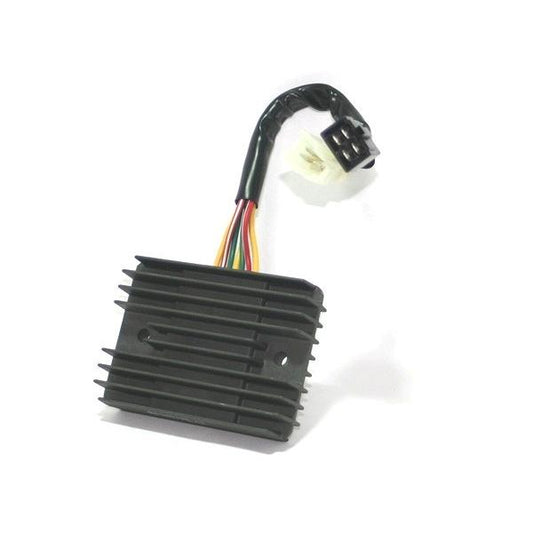
In stock DUCATI Genuine Parts Regulator 3 Phase GR-2 54040111C 54040191A Ducati 98 and later Garuda
Vendor:DUCATI4.9 / 5.0
(8) 8 total reviews
Regular price $98.00Regular priceUnit price / per$151.00Sale price $98.00Sale -
In stock PROGRIP Superbike 717 Grip Racing Pro Grip Superbike DUCATI Genuine Part Number 96280611AA 96280611AB Panigale V4
Vendor:ProGrip4.5 / 5.0
(4) 4 total reviews
Regular price $19.00Regular priceUnit price / per$34.00Sale price $19.00Sale -
In stock DUCATI genuine Panigale V4/V4R oil filter 2 genuine O-rings + genuine drain washer set 88650761A + 85250541A PanigaleV4
Vendor:DUCATI5.0 / 5.0
(1) 1 total reviews
Regular price $7.00Regular priceUnit price / per$9.00Sale price $7.00Sale -
In stock DUCATI genuine Panigale 1299/1199/959/899 for oil filter 2 genuine O-rings + genuine drain washer set 88650561A + 85250541A Panigale
Vendor:DUCATI5.0 / 5.0
(5) 5 total reviews
Regular price $9.00Regular priceUnit price / per$10.00Sale price $9.00Sale -
In stock DUCATI Genuine Parts Oil Filter 44440039A Ducati Genuine 44440038A 44440037A
Vendor:DUCATI4.9 / 5.0
(7) 7 total reviews
Regular price $17.00Regular priceUnit price / per$19.00Sale price $17.00Sale -
In stock 44440312B DUCATI Genuine Parts Panigale V4/1299/1199/899/959/V2 Panigale Oil Filter Ducati 44440291C
Vendor:DUCATI5.0 / 5.0
(2) 2 total reviews
Regular price $23.00Regular priceUnit price / per$26.00Sale price $23.00Sale -
DUCATI CORSE Genuine Emblem Logo Decal Ducati Corsa 43815811A Superleggera V4 Multistrada V4 Pikes Peak
Vendor:DUCATI5.0 / 5.0
(1) 1 total reviews
Regular price $19.00Regular priceUnit price / per$19.00Sale price $19.00 -
In stock Brembo genuine clutch fluid tank cover small brembo S15 reservoir tank cover 60x40mm red logo 1 piece 99.8637.66
Vendor:brembo5.0 / 5.0
(2) 2 total reviews
Regular price $11.00Regular priceUnit price / per$11.00Sale price $11.00 -
In stock Termignoni Genuine Heat Resistant Sticker Italy Termignoni Genuine 1 Piece Heat Resistant Decal Heat Resistant Sticker DUCATI
Vendor:Termignoni5.0 / 5.0
(2) 2 total reviews
Regular price From $8.00Regular priceUnit price / per$9.00Sale price From $8.00Sale -
Termignoni UpMap T800 Plus Panigale V4 V2 DUCATI Panigale V4 Street Fighter V4 Multistrada V4 UpMap UP-Map+ECU connection cable Euro4 Euro5 full power
Vendor:DUCATISM5.0 / 5.0
(1) 1 total reviews
Regular price $375.00Regular priceUnit price / per$402.00Sale price $375.00Sale -
In stock K&N KN-159 DUCATI Panigale oil filter Panigale V4/1299/1199/899/959/ SF V4 44440312B equivalent
Vendor:K&N4.4 / 5.0
(5) 5 total reviews
Regular price $16.00Regular priceUnit price / per$19.00Sale price $16.00Sale -
Asutsuku DUCATI genuine neutral switch 53910072A + with genuine copper gasket ring DUCATI genuine product 900SS M900 916 748
Vendor:DUCATI4.6 / 5.0
(5) 5 total reviews
Regular price $36.00Regular priceUnit price / per$37.00Sale price $36.00Sale -
In stock New Brembo genuine product new logo brake fluid tank cover large brembo S50 reservoir tank cover 70x70mm red logo 1 piece 99.8637.56
Vendor:brembo5.0 / 5.0
(2) 2 total reviews
Regular price $12.00Regular priceUnit price / per$12.00Sale price $12.00 -
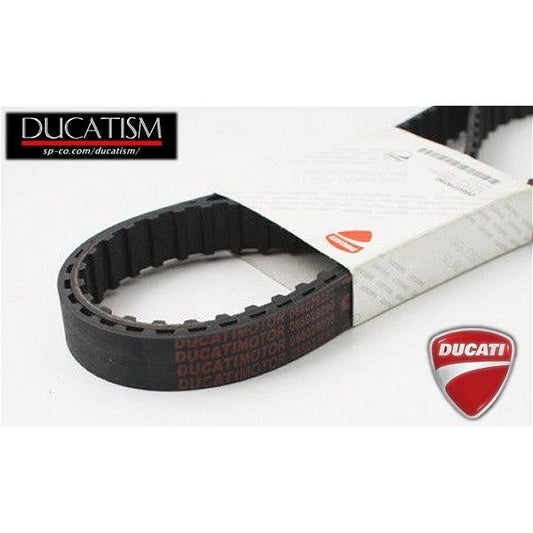
In stock DUCATI genuine timing belt 066029090 for 750F1 air-cooled 750-600-400-350cc model ~ 1997
Vendor:DUCATI5.0 / 5.0
(3) 3 total reviews
Regular price $54.00Regular priceUnit price / per$56.00Sale price $54.00Sale -
In stock DUCATI 900SS M900 888 916 996 748 999 749 1098 1198 848 Genuine Starter Motor Brush 067050815 set Assembly
Vendor:DUCATI5.0 / 5.0
(5) 5 total reviews
Regular price $38.00Regular priceUnit price / per$40.00Sale price $38.00Sale -
In stock DUCATI genuine oil pressure switch countermeasure product + with genuine aluminum gasket ring DUCATI genuine genuine product 69921511A
Vendor:DUCATI5.0 / 5.0
(1) 1 total reviews
Regular price $32.00Regular priceUnit price / per$33.00Sale price $32.00Sale -
In stock DUCATI genuine dry clutch push rod 11721122A Ducati 900SS/SS1000DS 916/996/998
Vendor:DUCATI5.0 / 5.0
(5) 5 total reviews
Regular price $44.00Regular priceUnit price / per$45.00Sale price $44.00Sale -
In stock NGK MAR9A-J DUCATI genuine spark plug 67040451A Panigale 1299/1199/899/959 Diavel Multistrada 1200 Monster 1200 Ducati Panigale Ducati 6869
Vendor:NGK4.0 / 5.0
(1) 1 total reviews
Regular price $23.00Regular priceUnit price / per$39.00Sale price $23.00Sale -
In stock PM160S Sprint Filter DUCATI Panigale V4/V4S/V4R Air Cleaner Panigale V4 Sprint Filter P08 Genuine Replacement Type
Vendor:Sprint FilterRegular price $92.00Regular priceUnit price / per$97.00Sale price $92.00Sale -
Asutsuku MALOSSI Malossi 750F1 Manifold DUCATI "F1-Rear" Intake Manifold 1 piece
Vendor:Dellorto5.0 / 5.0
(2) 2 total reviews
Regular price $25.00Regular priceUnit price / per$28.00Sale price $25.00Sale -
Dynamic lighting LED turn signal set 96680961BA DUCATI PanigaleV4 turn indicator set Panigale V4 DP genuine
Vendor:DUCATI Performance5.0 / 5.0
(4) 4 total reviews
Regular price $98.00Regular priceUnit price / per$108.00Sale price $98.00Sale -
In stock DUCATI genuine anti-rotation insert 71320043A DUCATI 900SS/SS1000DS 916 /996 /998
Vendor:DUCATIRegular price $6.00Regular priceUnit price / per$12.00Sale price $6.00Sale -
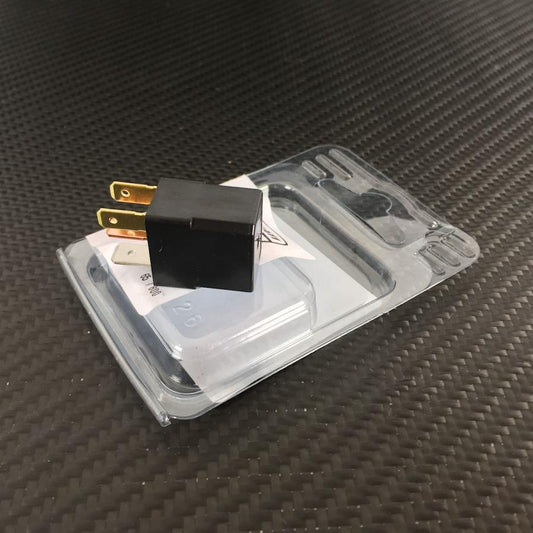
In stock DUCATI genuine relay 54140101A Panigale 1299/1199/Monster1100/1200 /1198/1098 54140101A
Vendor:DUCATIRegular price $9.00Regular priceUnit price / per$10.00Sale price $9.00Sale -
In stock 1 Year Domestic Warranty CTEK MXS5.0 Charger 2023 Edition Next Generation 12V Battery Charger 40-206 Seatech Japanese Instruction Manual Old MUS4.3
Vendor:CTEK5.0 / 5.0
(4) 4 total reviews
Regular price $107.00Regular priceUnit price / per$144.00Sale price $107.00Sale -
In stock DUCATI genuine radiator cap DUCATI genuine genuine product 89340061A Monster S4, S4R, S4RS ST4, ST4S 749,R,S/999,R,S
Vendor:DUCATI5.0 / 5.0
(2) 2 total reviews
Regular price $17.00Regular priceUnit price / per$21.00Sale price $17.00Sale
Items in stock, delivered tomorrow
Inventory is updated in real time and is constantly changing. Hurry up.
-
Brembo DUCATI 996R/996/748 320mm genuine disc 1 piece Brembo rare 49240261A
Regular price $282.00Regular priceUnit price / per$365.00Sale price $282.00Sale -
In stock 1 Year Domestic Warranty CTEK MXS5.0 Charger 2023 Edition Next Generation 12V Battery Charger 40-206 Seatech Japanese Instruction Manual Old MUS4.3
5.0 / 5.0
(4) 4 total reviews
Regular price $107.00Regular priceUnit price / per$144.00Sale price $107.00Sale -
In stock 303 Aerospace Protectant, Approx. 473ml, Aerospace Protectant, Domestic Regular Import
5.0 / 5.0
(1) 1 total reviews
Regular price $19.00Regular priceUnit price / per$19.00Sale price $19.00 -
In stock 44440312B DUCATI Genuine Parts Panigale V4/1299/1199/899/959/V2 Panigale Oil Filter Ducati 44440291C
5.0 / 5.0
(2) 2 total reviews
Regular price $23.00Regular priceUnit price / per$26.00Sale price $23.00Sale -
In stock 15W-50 YACCO GALAXIE 2L Bottle 1 Domestic Regular Import Yakko Galaxy Engine Oil
5.0 / 5.0
(2) 2 total reviews
Regular price $54.00Regular priceUnit price / per$60.00Sale price $54.00Sale -
In stock brembo STYLEMA radial monoblock 4P brake caliper 100mm left and right set with pad 220.D020.10
Regular price $743.00Regular priceUnit price / per$831.00Sale price $743.00Sale -
Asuku ABUS GRANIT CITY CHAIN X-PLUS 1060 1100mm Length 110cm New Model Strongest Chain Lock Abs/Abas
Regular price $169.00Regular priceUnit price / per$187.00Sale price $169.00Sale -
Asutsuku AELLA AE-52007 DUCATI Panigale machined drain plug V4/1299/1199/959/899 Panigale
Regular price $28.00Regular priceUnit price / per$28.00Sale price $28.00 -
Asutsuku AELLA AE-52007 DUCATI Panigale machined drain plug V4/1299/1199/959/899 Panigale
Regular price $28.00Regular priceUnit price / per$28.00Sale price $28.00 -
In stock AELLA AE-52007 DUCATI Panigale machined drain plug V4/1299/1199/959/899 Panigale
5.0 / 5.0
(1) 1 total reviews
Regular price $29.00Regular priceUnit price / per$30.00Sale price $29.00Sale -
Asutsuku AELLA AE-71007 black oil filler cap hexagonal hole type DUCATI Panigale V4/1299/1199/959/899/Monster 1200/Scrambler
Regular price $29.00Regular priceUnit price / per$30.00Sale price $29.00Sale -
Asutsuku AELLA AE-71007 black oil filler cap hexagonal hole type DUCATI Panigale V4/1299/1199/959/899/Monster 1200/Scrambler
Regular price $29.00Regular priceUnit price / per$30.00Sale price $29.00Sold out -
In stock AELLA AE-71007 black oil filler cap hexagonal hole type DUCATI Panigale V4/1299/1199/959/899/Monster 1200/Scrambler
4.5 / 5.0
(2) 2 total reviews
Regular price $29.00Regular priceUnit price / per$30.00Sale price $29.00Sale -

Asutsuku Ohmmu Tesla Model X for 12V Lithium Battery 12V Lithium Battery for TESLA Model X T1240X
Regular price $22.00Regular priceUnit price / per$29.00Sale price $22.00Sale -
Asutsuku Brembo rear caliper 2pod 34φ red b mark titanium color 84mm with pad 20B85278 Brembo genuine product red logo 20.B852.73
Regular price $13.00Regular priceUnit price / per$14.00Sale price $13.00Sale -
Asutsuku Brembo rear caliper 2pod 34φ red b mark titanium color 84mm with pad 20B85278 Brembo genuine product red logo 20.B852.73
5.0 / 5.0
(1) 1 total reviews
Regular price $101.00Regular priceUnit price / per$105.00Sale price $101.00Sale -
Asutsuku Brembo genuine oil tank cover large brembo S50 reservoir tank cover 80x50mm black/red logo 1 piece 99.8637.56
Regular price $16.00Regular priceUnit price / per$16.00Sale price $16.00 -
Asutsuku Brembo genuine oil tank cover large brembo S50 reservoir tank cover 80x50mm black/red logo 1 piece 99.8637.56
Regular price $7.00Regular priceUnit price / per$7.00Sale price $7.00 -
In stock brembo caliper aluminum piston left and right set br660 with pad titanium color red logo 20.5165.79 20.5165.89 Brembo genuine
Regular price $151.00Regular priceUnit price / per$173.00Sale price $151.00Sale -
Asutsuku Brembo genuine oil tank cover large brembo S50 reservoir tank cover 80x50mm black/red logo 1 piece 99.8637.56
Regular price $3.00Regular priceUnit price / per$3.00Sale price $3.00 -
In stock brembo radial brake master Corsa Corta 19 RCS φ19x18-20 110.C740.10 Brembo Corsa Corta DUCATI V4
4.8 / 5.0
(5) 5 total reviews
Regular price $364.00Regular priceUnit price / per$402.00Sale price $364.00Sale -
Brembo rear caliper 2pod 34φ red b mark titanium color 84mm with pad 20B85278 Brembo genuine product red logo 20.B852.73
Regular price $124.00Regular priceUnit price / per$144.00Sale price $124.00Sale -
Asutsuku Brembo genuine oil tank cover large brembo S50 reservoir tank cover 80x50mm black/red logo 1 piece 99.8637.56
Regular price $16.00Regular priceUnit price / per$16.00Sale price $16.00 -
Asutsuku Brembo genuine oil tank cover large brembo S50 reservoir tank cover 80x50mm black/red logo 1 piece 99.8637.56
Regular price $7.00Regular priceUnit price / per$7.00Sale price $7.00Sold out -
Asutsuku brembo genuine counter mat 99.8637.84 size 60 x 40 cm weight about 600g
Regular price $32.00Regular priceUnit price / per$34.00Sale price $32.00Sale
Items in stock, delivered tomorrow
Inventory is updated in real time and is constantly changing. Hurry up.
-
In stock KA739 OHLINS Ohlins rear suspension Kawasaki Z900RS/Z900/Performance/Cafe 2017-2021 Kawasaki
5.0 / 5.0
(2) 2 total reviews
Regular price $931.00Regular priceUnit price / per$1,052.00Sale price $931.00Sale -
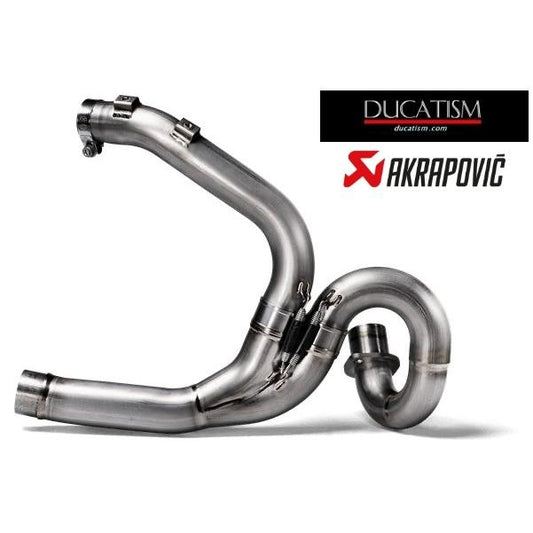
In stock DUCATI Scrambler 800 2021-2022 Racing Titanium Manifold for E-D8E2 Akrapovic s-d8sO6-Isssbl
5.0 / 5.0
(1) 1 total reviews
Regular price $836.00Regular priceUnit price / per$865.00Sale price $836.00Sale -
In stock brembo STYLEMA radial monoblock 4P brake caliper 100mm left and right set with pad 220.D020.10
Regular price $743.00Regular priceUnit price / per$831.00Sale price $743.00Sale -
Asutsuku DUCATI Panigale V4R (-2022) V4SP V4SP2 Dry Clutch Disc Kit STM SBK Evo Ducati Panigale V4R DUCATI Genuine Product 19020552A
Regular price $471.00Regular priceUnit price / per$514.00Sale price $471.00Sale -
Asutsuku DUCATI PanigaleV4 StreetFighterV4 Rear Short Tail Guard Ducati Panigale V4 V2 DP Genuine 97381161AA 97381162CA
5.0 / 5.0
(2) 2 total reviews
Regular price $471.00Regular priceUnit price / per$485.00Sale price $471.00Sale -
Asutsuku Termignoni UpMap T800 Plus Panigale V4 V4S V4SP V2 DUCATI Panigale V4 Street Fighter V4 Multistrada V4 Upmap UP-Map+ECU connection cable Euro4 Euro5
5.0 / 5.0
(2) 2 total reviews
Regular price $375.00Regular priceUnit price / per$402.00Sale price $375.00Sale -
Termignoni UpMap T800 Plus Panigale V4 V2 DUCATI Panigale V4 Street Fighter V4 Multistrada V4 UpMap UP-Map+ECU connection cable Euro4 Euro5 full power
5.0 / 5.0
(1) 1 total reviews
Regular price $375.00Regular priceUnit price / per$402.00Sale price $375.00Sale -
In stock brembo radial brake master Corsa Corta 19 RCS φ19x18-20 110.C740.10 Brembo Corsa Corta DUCATI V4
4.8 / 5.0
(5) 5 total reviews
Regular price $364.00Regular priceUnit price / per$402.00Sale price $364.00Sale -
May Sale TWM TDPR01 Racing Tank Cap Quick Type DUCATI 1198/1098/ 998/996/748 Monster900/1000 SS900/SS1000DS
5.0 / 5.0
(2) 2 total reviews
Regular price $333.00Regular priceUnit price / per -
Asutsuku GR-3 regulator GARUDA general purpose 3-phase lithium battery for 282-013 DUCATI
Regular price $307.00Regular priceUnit price / per$395.00Sale price $307.00Sale -
Suflex S1815 Wet clutch disc DUCATI 750F1 (type 1), 400F3, 400SS, M400
Regular price $301.00Regular priceUnit price / per$305.00Sale price $301.00Sale -
In stock Surfflex S1816 DUCATI dry clutch disc SURFLEX lightweight aluminum friction plate Ducati 998/996/916/748-999/749 900SS M900 M1000
5.0 / 5.0
(4) 4 total reviews
Regular price $295.00Regular priceUnit price / per$305.00Sale price $295.00Sale -
Brembo DUCATI 996R/996/748 320mm genuine disc 1 piece Brembo rare 49240261A
Regular price $282.00Regular priceUnit price / per$365.00Sale price $282.00Sale -
In stock DUCATI multimedia system Ducati Multistrad V4/STREETFIGHTER V4/Panigale V4 DUCATI performance genuine SCRAMBLER 96680711A 96680712B
Regular price $282.00Regular priceUnit price / per$303.00Sale price $282.00Sale -
DUCATI Z48T Dry Clutch Disc kit STM DUCATI ADU-0030 STM Genuine
Regular price $276.00Regular priceUnit price / per$304.00Sale price $276.00Sale -
DUCATI Dry Clutch Outer Basket STM DUCATI ADU-0010 Italy Genuine STM
Regular price $245.00Regular priceUnit price / per$263.00Sale price $245.00Sale -
DUCATI Multistrada V4 rider heated low seat MULTISTRADA V4 V4S Ducati 96880921AA DUCATI performance genuine product
Regular price $238.00Regular priceUnit price / per$251.00Sale price $238.00Sale -
Assuku DUCATI Multistrada 950 genuine BRACKET FOOTREST REAR RIGHT 82413131AB made in italy
Regular price $226.00Regular priceUnit price / per$251.00Sale price $226.00Sale -
Finally in stock! SURFLEX S1816 DUCATI dry clutch disc lightweight aluminum friction plate Ducati 998/996/916/748-999/749 900SS M900 M1000 Ducati
Regular price $208.00Regular priceUnit price / per$214.00Sale price $208.00Sale -
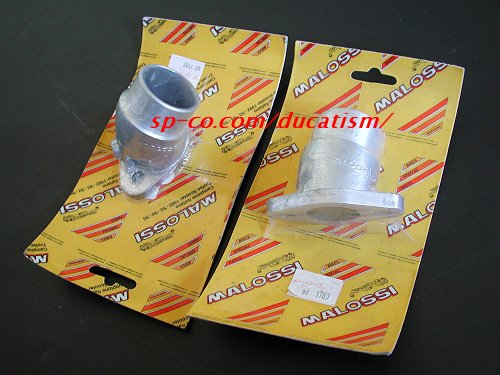
In stock Malossi Malossi DUCATI bevel intake manifold front and rear set Dellorto PHM40 Dellorto
Regular price $187.00Regular priceUnit price / per$195.00Sale price $187.00Sale -
In Stock Ducati Corse Large Headlight Fairing 1299 Panigale 959 Smoke Gray 97180251A Ducati Genuine Product
Regular price $182.00Regular priceUnit price / per$235.00Sale price $182.00Sale -
Asuku ABUS GRANIT CITY CHAIN X-PLUS 1060 1100mm Length 110cm New Model Strongest Chain Lock Abs/Abas
Regular price $169.00Regular priceUnit price / per$187.00Sale price $169.00Sale -
5/12 Stock in Italy May Sale DUCATI Panigale V4/V4S/V4R Adjustable Step Kit 96280481B Panigale Footpeg Kit Ducati Performance Genuine Genuine
Regular price $158.00Regular priceUnit price / per$167.00Sale price $158.00Sale -
In stock CTEK MUS4.3 TEST&CHARGE Sea Tech 12V Battery Charger Test & Charge Battery Tester 1 Year Warranty
5.0 / 5.0
(1) 1 total reviews
Regular price $156.00Regular priceUnit price / per$182.00Sale price $156.00Sale -
In stock brembo caliper aluminum piston left and right set br660 with pad titanium color red logo 20.5165.79 20.5165.89 Brembo genuine
Regular price $151.00Regular priceUnit price / per$173.00Sale price $151.00Sale




